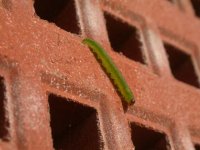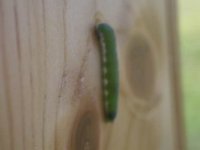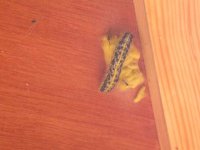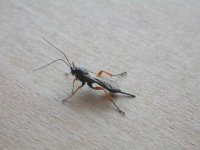JHDraytonbassettpits
Well-known member
All photo's taken today North Warks pic 1 larvae going over grill in brickwork pic 2 taken through hide glass much larger then pic 1. pic 3 a large white larvae seems to be surrounded by small parasitiod wasps does anyone know what the yellow substance is.
Regards, John
Regards, John







